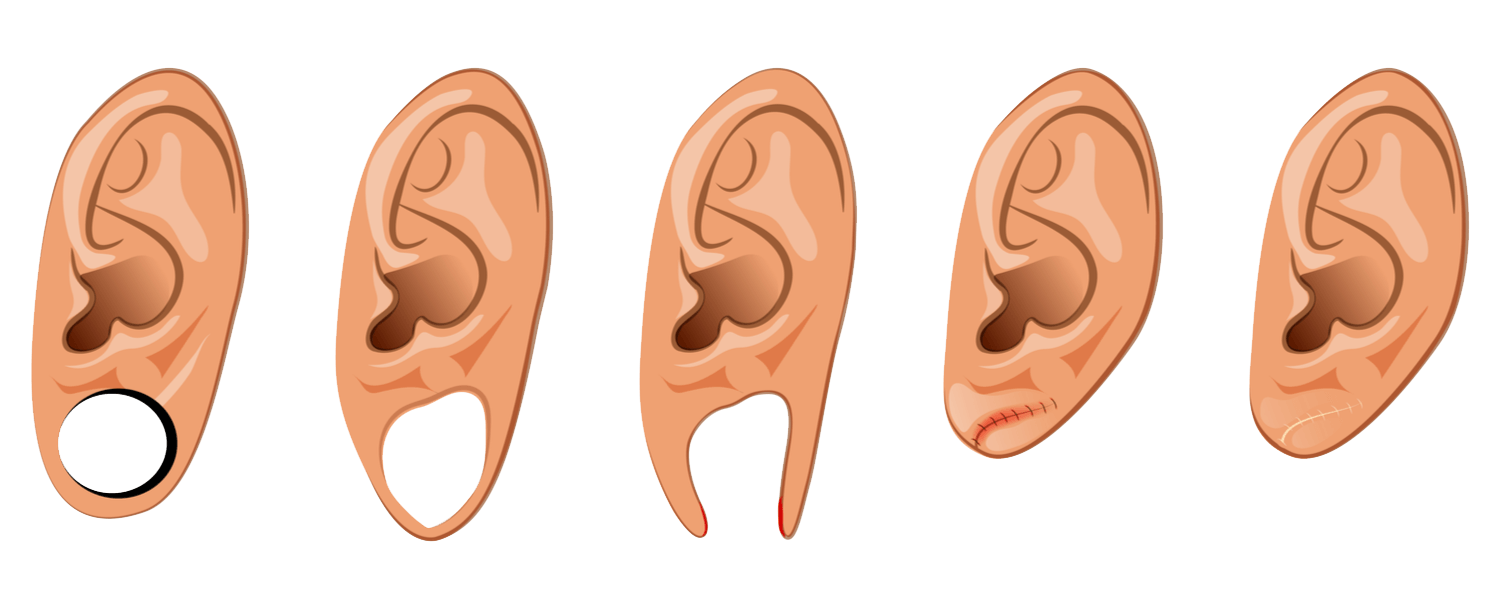Scar Revision
Everyone heals differently, and occasionally people develop scars that impacts their self-esteem and confidence. Dr. Unsal uses a variety of techniques to help change the appearance of scars.
- Z- or T-plasty
These are techniques used to reorient the scar to help blend it into the surrounding skin. The scar line is zig-zagged to hide within the natural contours of your face.
- Scar excision
If there is enough adjacent skin, the scar itself can be excised, allowing for a new, more aesthetically pleasing scar, to replace it.
- Skin flap
The scar is excised, and an adjacent area of healthy skin or tissue is moved over to replace the excised area.
Reconstruction of facial defects
The surgical excision of skin cancers can leave large “holes” in the face, requiring reconstruction. Mohs surgery is one of these surgical techniques. In this surgery, skin cancer is removed piece by piece and examined under a microscope to see where it ends. This is usually performed by a board-certified Dermatologist with specialty training in Mohs surgery. After the surgery, however, care must be taken to reconstruct the defect in order to ensure the most aesthetically pleasing outcome.
If these holes are small enough, they can be closed with only minor revision. However, the larger they get, the more complicated the reconstruction can be. Often times, larger defects can be closed using skin flaps moved from adjacent areas of the face.
Keloid removal
Keloids form when the healing process becomes uncontrolled and too much collagen process is produced. Keloids are a type of hypertrophic scar that can enlarge and greatly distort the surrounding tissues of the face. Darker skinned individuals are more at risk for developing keloids. Initially, steroids injections may be used to help reverse the size of the keloid. If the keloids are very large, they will require surgical removal followed by steroid injections to help prevent recurrence.
Earlobe repair
Long term use of heavy or large earrings can cause sagging and pulling of the earlobe. Over time, the hole grows larger, and can eventually causes the earlobe to split in half. Similar cosmetic deformities of the earlobes can also be caused from wearing large gauges. Surgical repair requires either excising the scarred tissue and approximating the cut edges, or using a more advanced Z-plasty technique to blur the scar-line.
![earlobe-repair]()
Process of earlobe splitting (left 3 images) and the anticipated repair (right)



